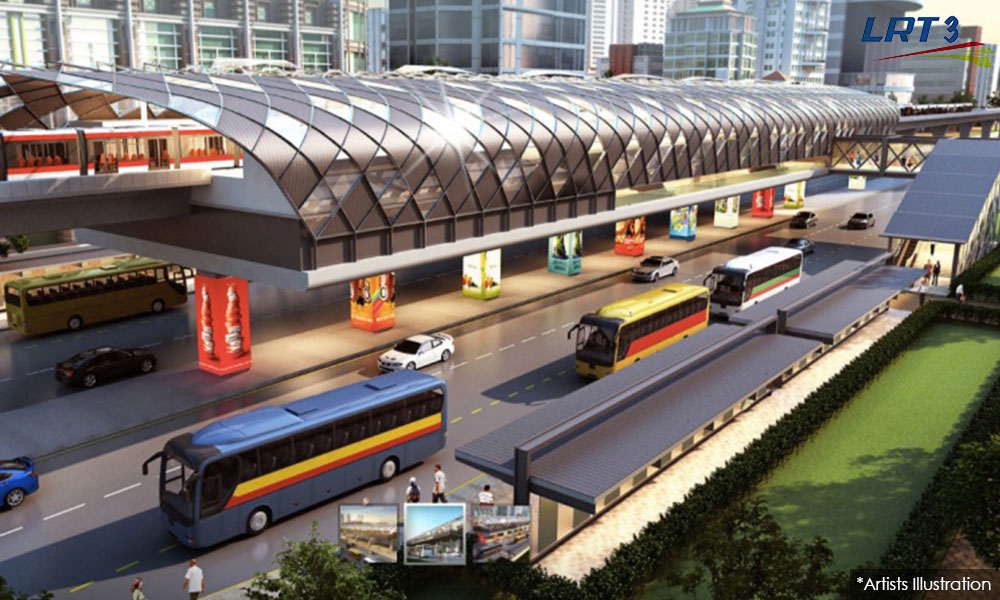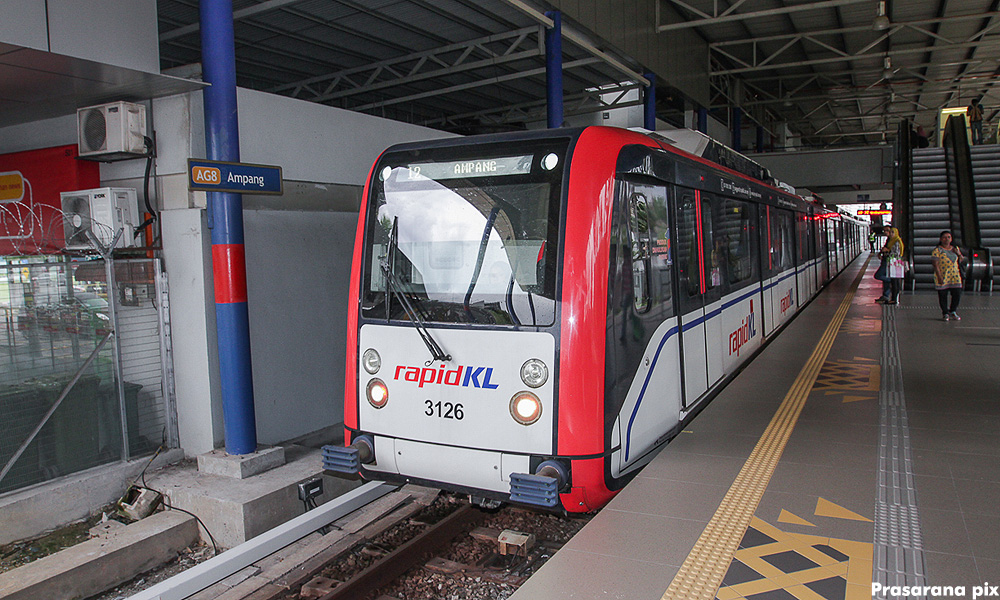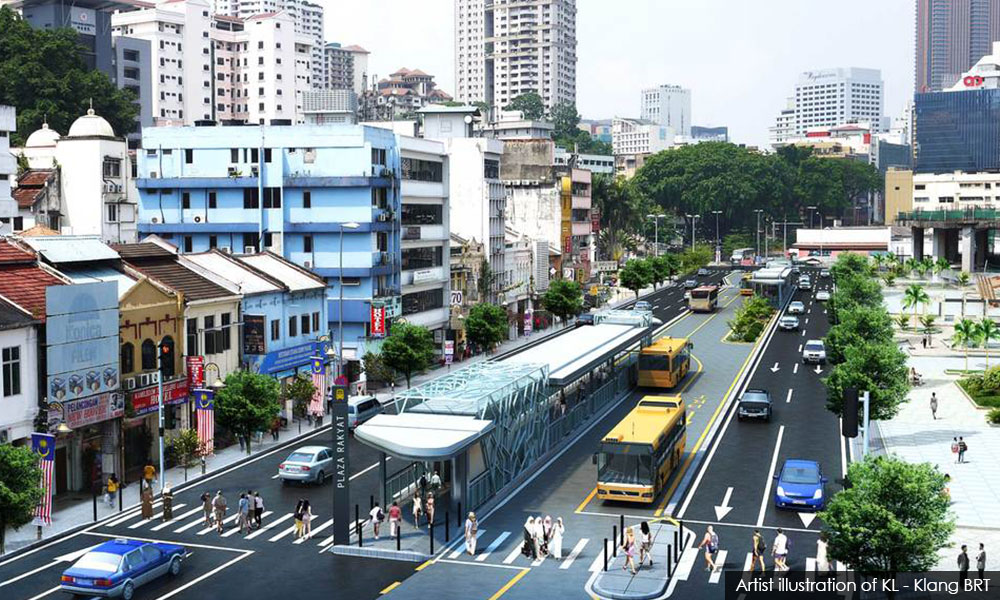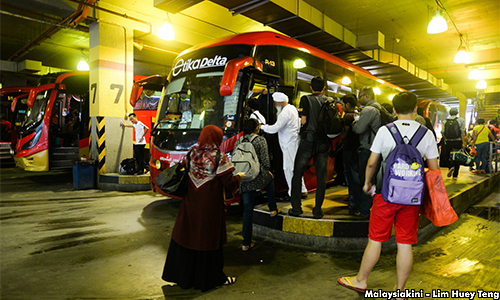
Several public transport advocates have dismissed fears that the recent cost-cutting measures for the LRT3 project would result in its trains being overcrowded.
One of them, Cameron Kang, said the cost-cutting measures would be a good thing as long as they don’t compromise the project’s scalability.
Using the existing Kelana Jaya and its extension to Putra Heights as an example, Kang said it would take years for a new train line to build-up ridership.
“It would take years and years for ridership to build up […]
“The line extension was opened on June 30, 2016. If you look at the quarterly data on ridership from before the extension opened to after the extension was opened, there isn’t much difference in ridership. In fact, it decreased.
“So we have more time to deal with the overcrowding issue, maybe in the next five or ten years (after the LRT3 begins operations). We have that kind of luxury to plan ahead,” he told Malaysiakini when contacted on Saturday.
Kang is the Malaysia operations manager for the company behind the public transit journey planning app Moovit. He is also a Seberang Perai municipal councillor.
Provided that the LRT3 project remains scalable, he said Prasarana could add more coaches as demand increases just as the Kelana Jaya line upgraded from two-car trains to four-car trains to keep pace with ridership increase as its stations were already designed to accommodate four-car trains.

On the other hand, he said the Kelana Jaya line is also reaching its limit because it is nearing its maximum capacity during peak hours and there is no more room to expand.
“Our physical infrastructure prevents it (from expanding further). I hope that these cost-saving measures won’t have that kind of impact on the LRT3,” he said.
Meanwhile, Kang urged the government to release a detailed cost breakdown of the LRT3 project and on the savings made so that it can be scrutinised by the public.
He echoed Mass Transit Improvement Association (Transit Malaysia) advisor Moaz Yusuf Ahmad who said the government should have set up a parliamentary select committee on public transport first before undertaking the cost-cutting measures.
He said there appear to be gaps in the cost-cutting measures that don’t quite add up to the amount of savings the government claims to have made.
“There are gaps in the numbers that the government is claiming. The various “wakil rakyat” should be up in arms calling for a third party accounting of the project.
“The cost containment of all the major mega-projects is proceeding in a strange way. Costs for projects are suddenly being inflated, with significant 'savings' then being found almost immediately. Stories are being planted.
“There is very little forensic investigation on why these numbers don't add up,” he noted.
Show feasibility studies
As for concerns over the possibility of overcrowding on LRT3, Moaz dismissed these fears but said the trains may run infrequently.
“We think they will be infrequent and therefore, stations will be uncomfortable and the line unpopular,” he said.
He also believed the LRT3 is overbuilt and the capacity of 36,700 passengers per hour in each direction would not be needed along the Johan Setia-Klang-Shah Alam-Bandar Utama corridor that it serves.

He said the money used to overbuild LRT could have been used to set up four Bus Rapid Transit (BRT) corridors (above) instead or upgrading stage buses and buses services that already serve the Kuala Lumpur-Klang routes or even upgrade the KTM Komuter service.
“We cannot afford to keep believing that public transport routes must be elevated or underground and especially, separated from cars,” he said.
As for the former Transit Malaysia advisor Rajiv Rishyakaran, he said he was “neutral” on the cost-cutting measures because he had yet to see detailed reports on the project.
He, too, urged the government to release more data including the feasibility studies so the people could make an assessment.
“Without having the projected ridership as well as the capacity, to me, three or six-passenger train cars don’t carry much meaning. What carries more meaning is how many passengers it moves per hour in each direction.
“That is more important. As long as it can move 30,000 passengers per direction per hour, I’d imagine that that would be sufficient.
“But once again, I haven’t seen the numbers. I would suggest that if the new feasibility studies that led to all these decisions are released, then I think the public can understand why the decisions are made,” he said.
He said the LRT3 project was originally meant to be a BRT system plying the Kuala Lumpur-Klang route but this was scrapped in favour of the more costly light rail transit line.
Since it is already too late to cancel the project, he said scaling it back appears to be the logical choice to make.

However, Rajiv - who is also the Bukit Gasing state assemblyperson and former Petaling Jaya councillor - said he hopes the government will divert part of the savings from the cost-cutting exercise to fulfil it promise to put 10,000 more buses on roads nationwide.
He said this would cost about RM5 billion at current bus prices which is about a third of the LRT3 project's cost savings.
“The impact of more buses would be far greater than having five or six more LRT3 stations in terms of providing connectivity,” he said.
Finance Minister Lim Guan Eng announced last week that the LRT3 project would continue at a final cost of RM16.63 billion – a reduction of 47 percent from RM31.65 billion thus saving RM15.02 in project costs, and another RM14 billion in financing costs.
However, this entails reducing the order of 42 sets of six-car trains to 22 sets of three-car trains which he said could cope with passenger demands until 2035.
The size of its stations and train depots would also be reduced while the construction of five stations has been deferred. A two-kilometre underground tunnel and underground station were also deemed unnecessary.
Meanwhile, the timeline for the completion of the project was extended from 2020 to 2024 to cut down on “acceleration costs”.
The cuts had prompted fears that it would lead to overcrowding on the trains. -Mkini



No comments:
Post a Comment
Note: Only a member of this blog may post a comment.